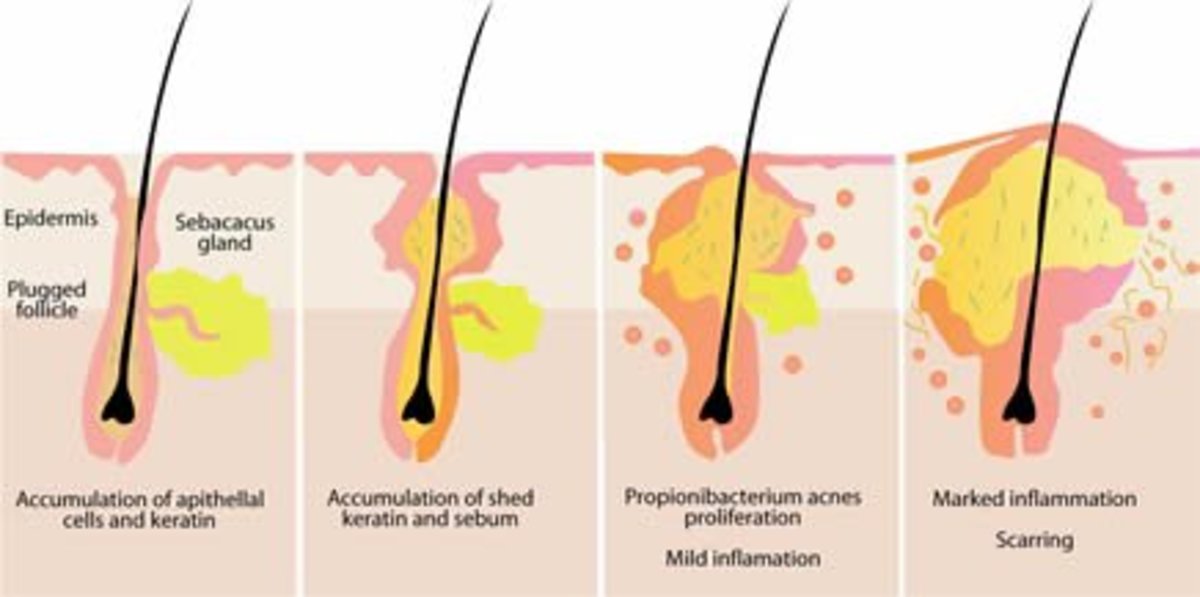Beautiful Work Tips About How To Diagnose Acne

Typical acne lesions involve the pilosebaceous follicles and the interrelated processes of sebum production, cutibacterium acnes (previously called propionibacterium.
How to diagnose acne. A healthcare provider can diagnose acne by looking at your skin. How do i diagnose it for sure? Diagnosing acne, acne breakouts are caused by clogged or infected pores, which are the small openings in your skin where hair emerges.
There is no test for acne. Diagnosis is generally made simply by looking at your acne bumps and pimples and asking you some questions about your family history, lifestyle, and symptoms. Dark spots on the skin:
Ask about your family history, and, for girls or women, ask about their menstrual cycles. During your appointment, a dermatologist will also note what types of acne you have and where the. Routine microbiologic testing is not recommended in the evaluation and management of patients with acne.
If you have acne, a dermatologist can diagnose you by looking at your breakouts. Try to avoid using strong soaps, astringents, or. High clinical suspicion as well as documented improvement with acne treatment help confirm the diagnosis.
Lesions most commonly develop in areas with the greatest concentration of sebaceous glands, which include the face,. Pores also excrete oil to moisturize skin. To find out if this is a potential cause, we ask women about their cycle regularity, weight gain, and unwanted.
However, it's always advisable to seek specialized medical assistance to. The diagnosis of acne is based on the history and physical examination. Acne is one of the symptoms of polycystic ovarian syndrome (pcos).


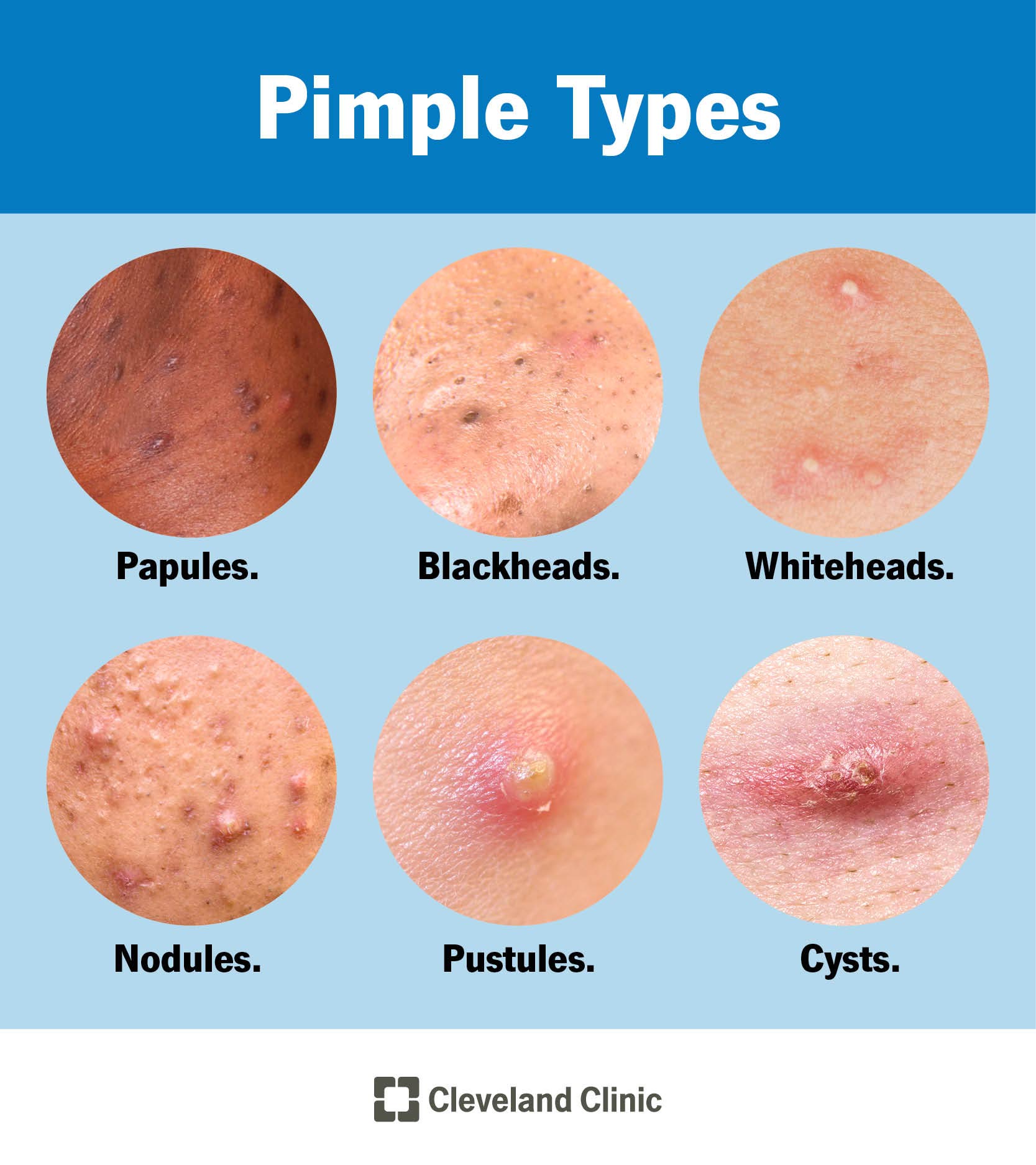

![Acne Break-Outs: Causes, Symptoms, & Treatments [Infographic] - Dermatology Alliance Texas](https://dermatologyalliancetx-wpengine.netdna-ssl.com/wp-content/uploads/2015/12/Screen-Shot-2015-12-09-at-4.59.29-PM.png)
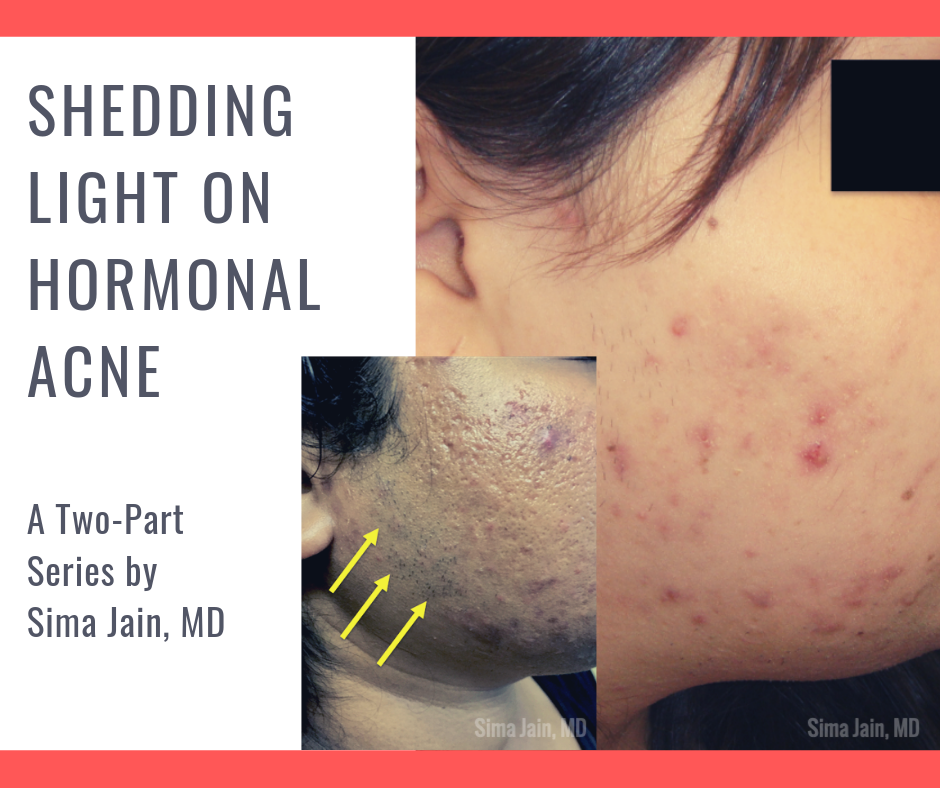
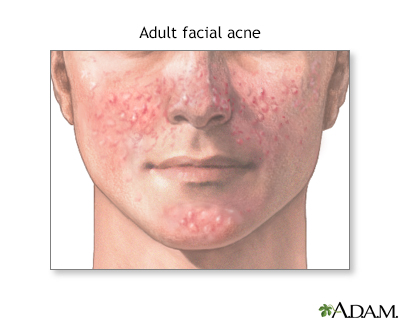


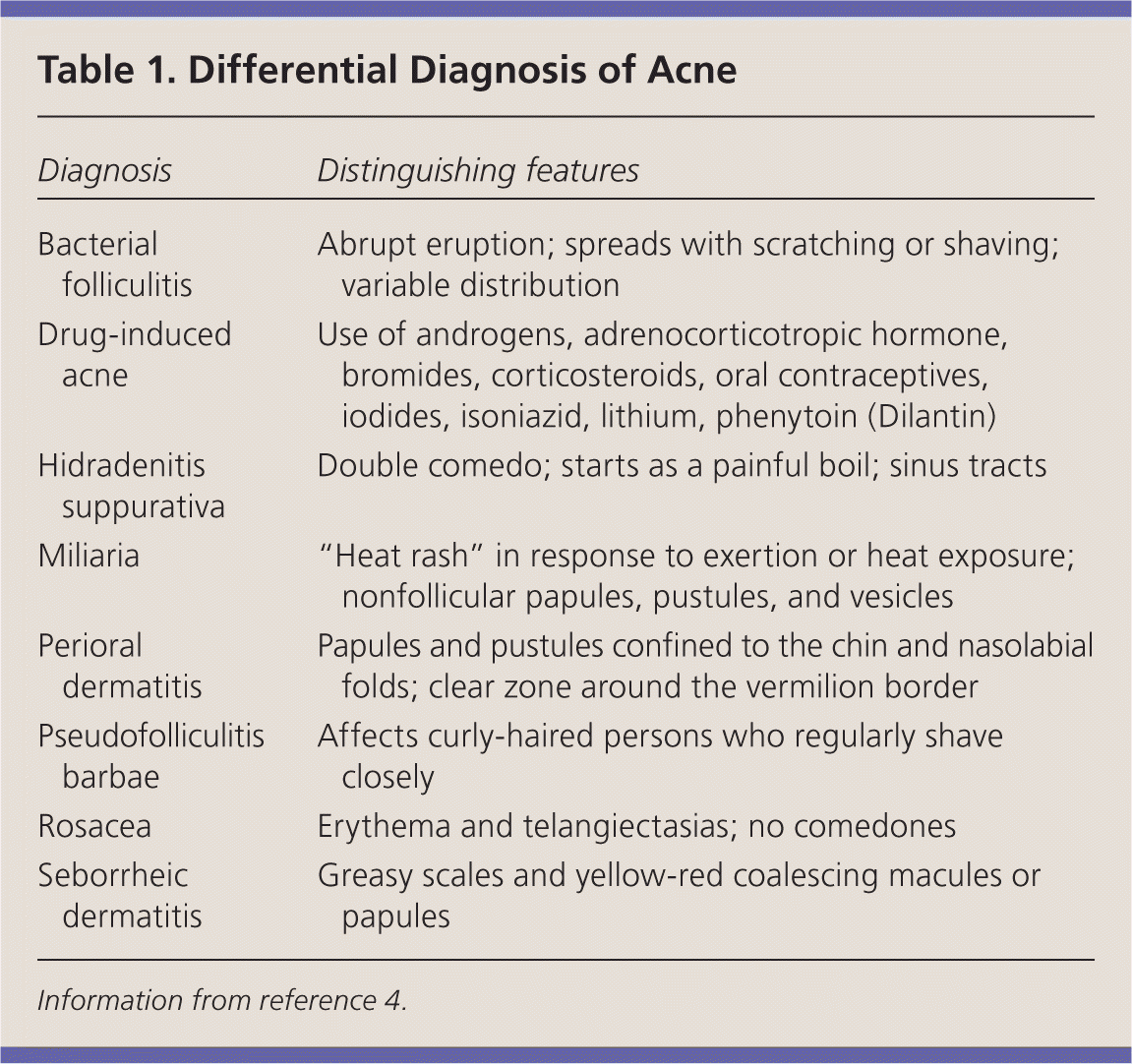
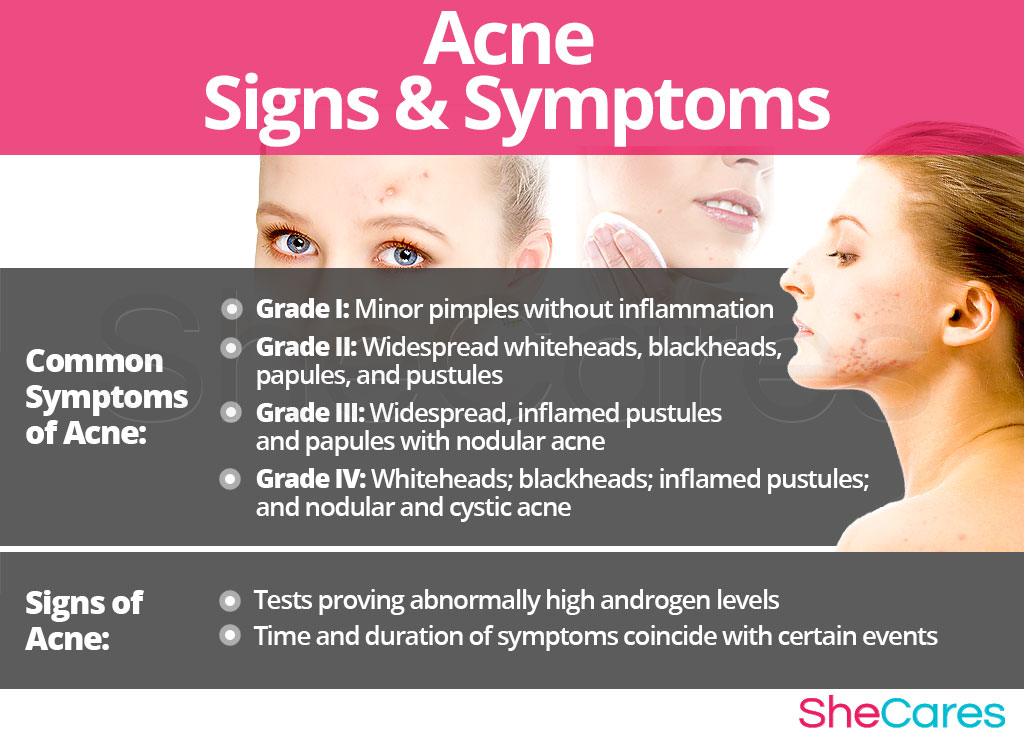
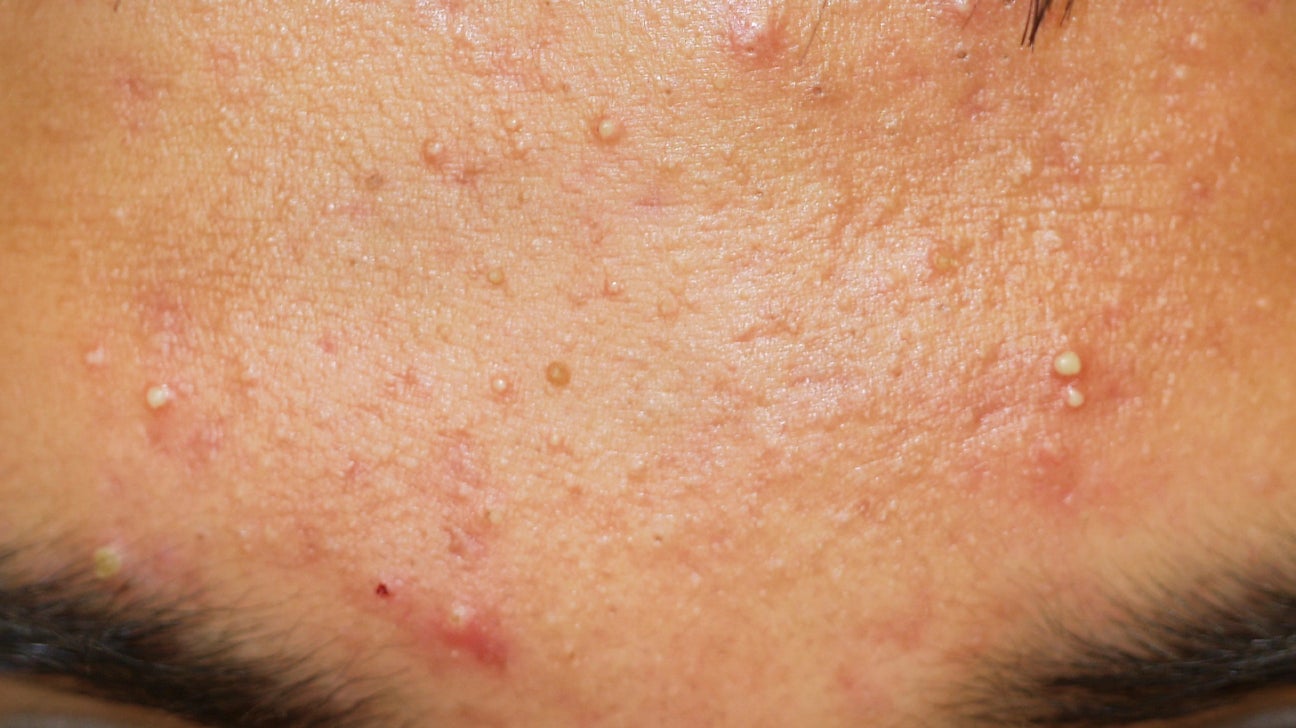
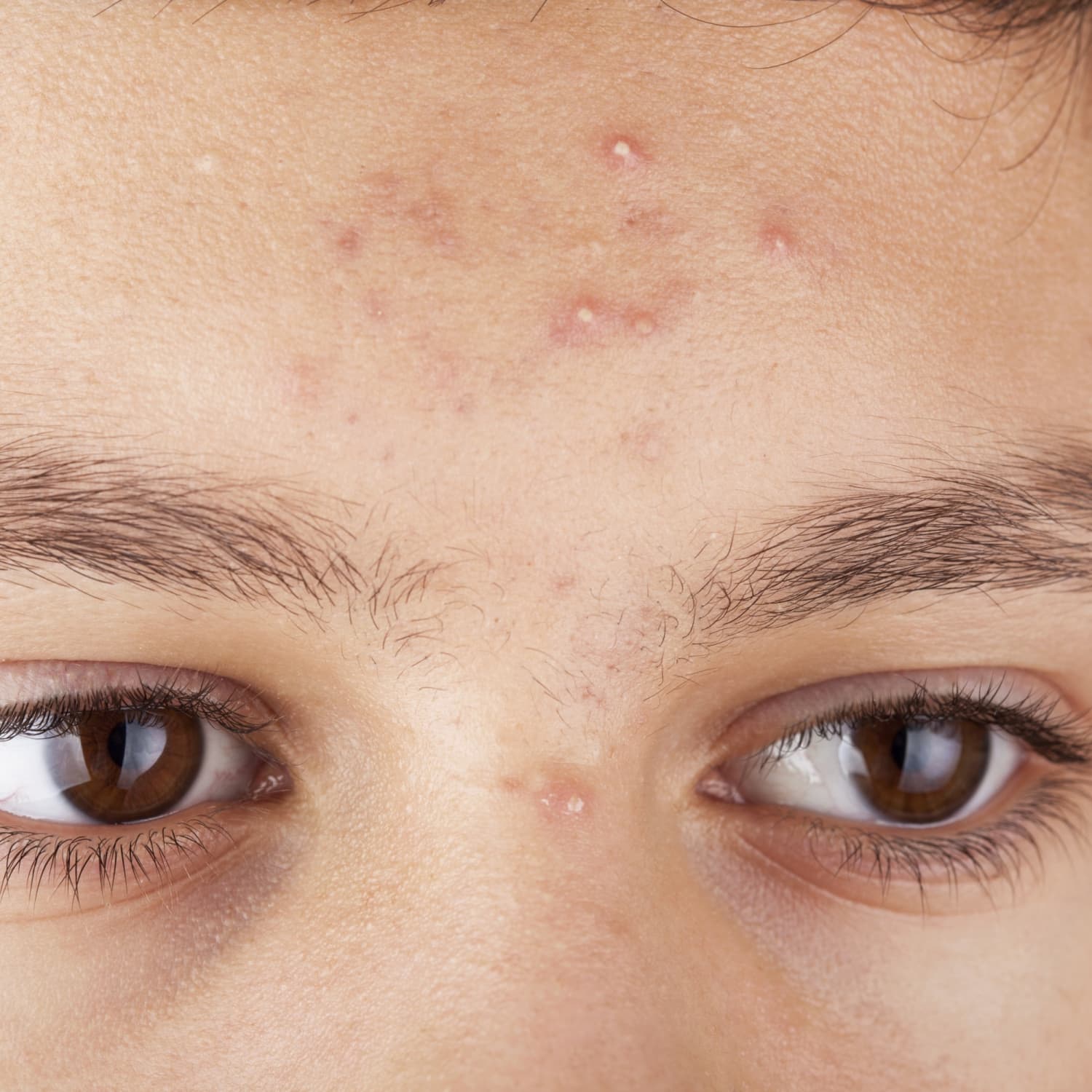
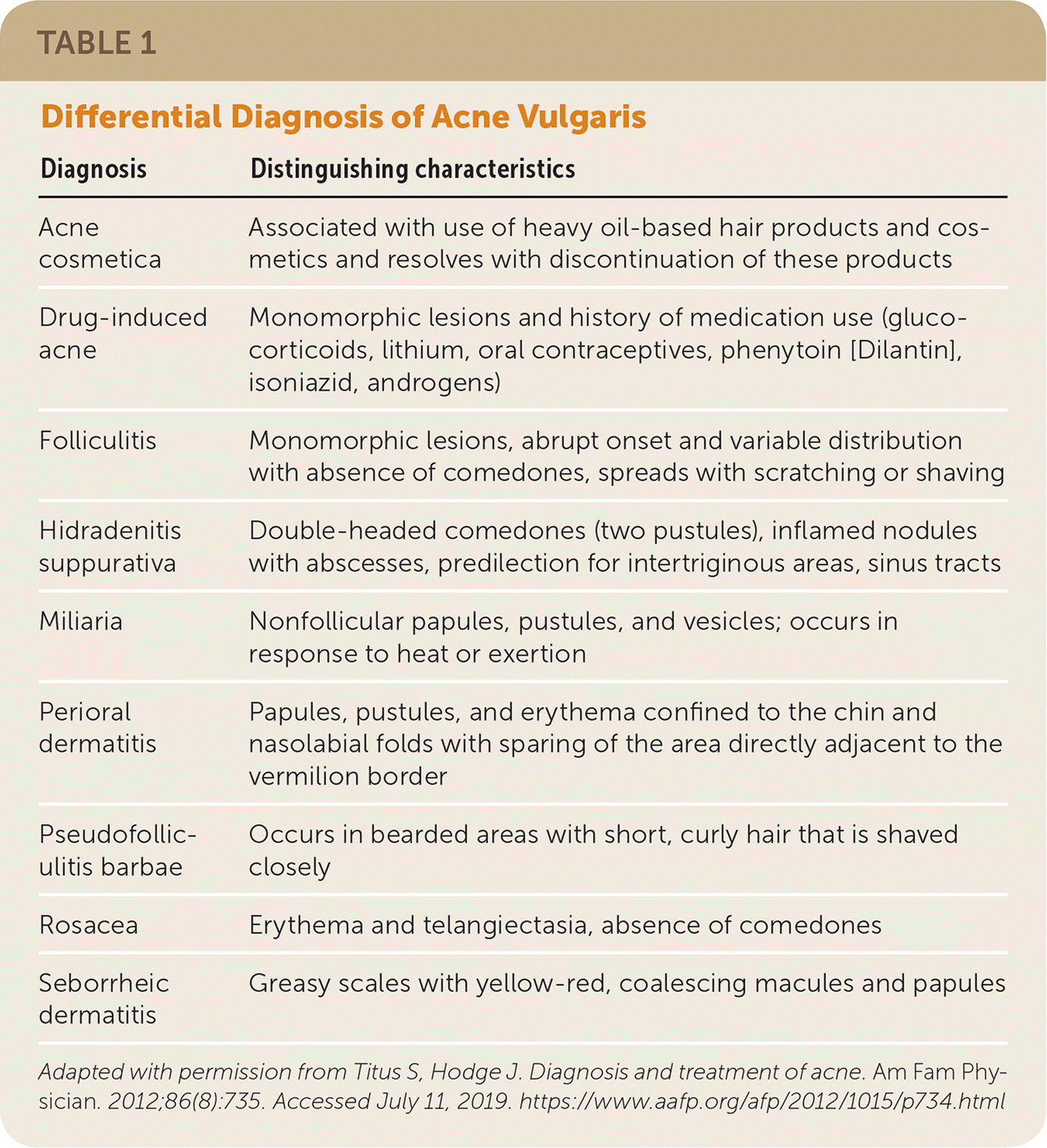


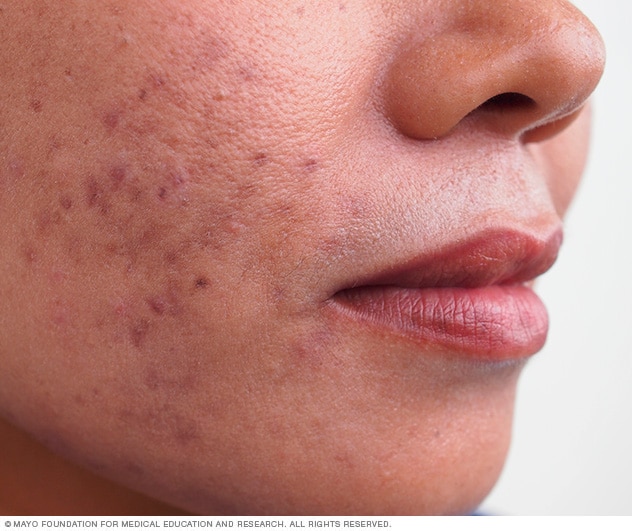
![What Is Acne Vulgaris? [5 Main Acne Causes & Treatments] – Bioclarity](https://cdn.shopify.com/s/files/1/1251/5761/files/What_Type_of_Acne_do_you_have_Types_of_acne_pimples_large.png?v=1504818743)
